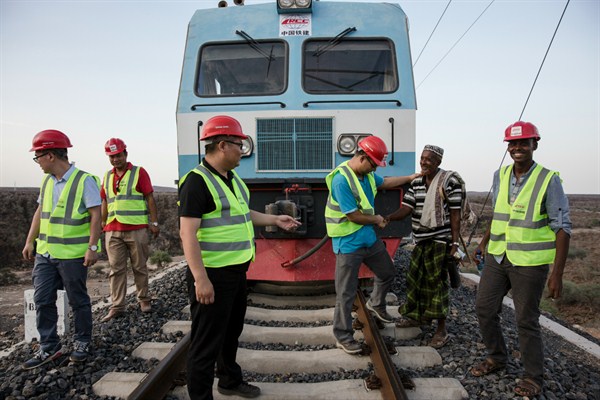Last month, at the world’s largest mining investment conference, held this year in South Africa, Ethiopian officials emphasized their priority of developing their country’s mining sector, which currently contributes less than 1 percent to GDP. By 2025, they hope to boost that to 10 percent. If successful, Ethiopian officials believe that the mining sector could become the “backbone” of Ethiopia’s industry as early as 2023.
In 2016, the Ethiopian government entered the second phase of its so-called Growth and Transformation Plan, an ambitious economic initiative that envisions Ethiopia becoming a middle-income country by 2025. A key component of the plan is completing large-scale public infrastructure and energy projects, such as the $5 billion Grand Renaissance Dam, which is expected to generate 6,000 megawatts of electricity output and earn $1 billion in electricity exports once completed by 2018.
The mining sector is central to the Ethiopian government’s economic plans, which rely on natural resources to fund many export-oriented development schemes. Ethiopia, like nearby Egypt, has enjoyed a mining culture dating back to ancient times. The country remains rich in gold, platinum, gemstones and industrial minerals such as coal and soda ash, among many others. The Ethiopian government aims to strengthen international mining partnerships and avoid the mistakes that Egypt made in late January, when it held its first international tender for gold-mining concessions in eight years but failed to entice investors because of commercial terms that are among the least attractive in the world. Ethiopia, by contrast, provides incentives such as a low corporate tax, investor protection protocols and the duty-free import of mining equipment and material.

